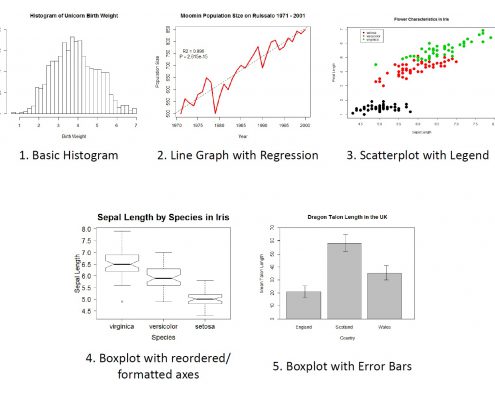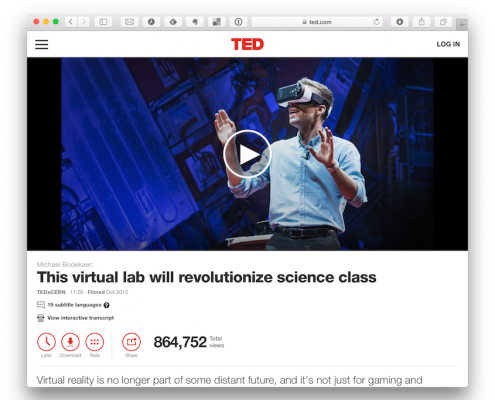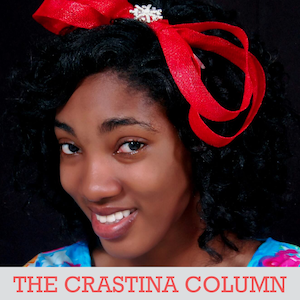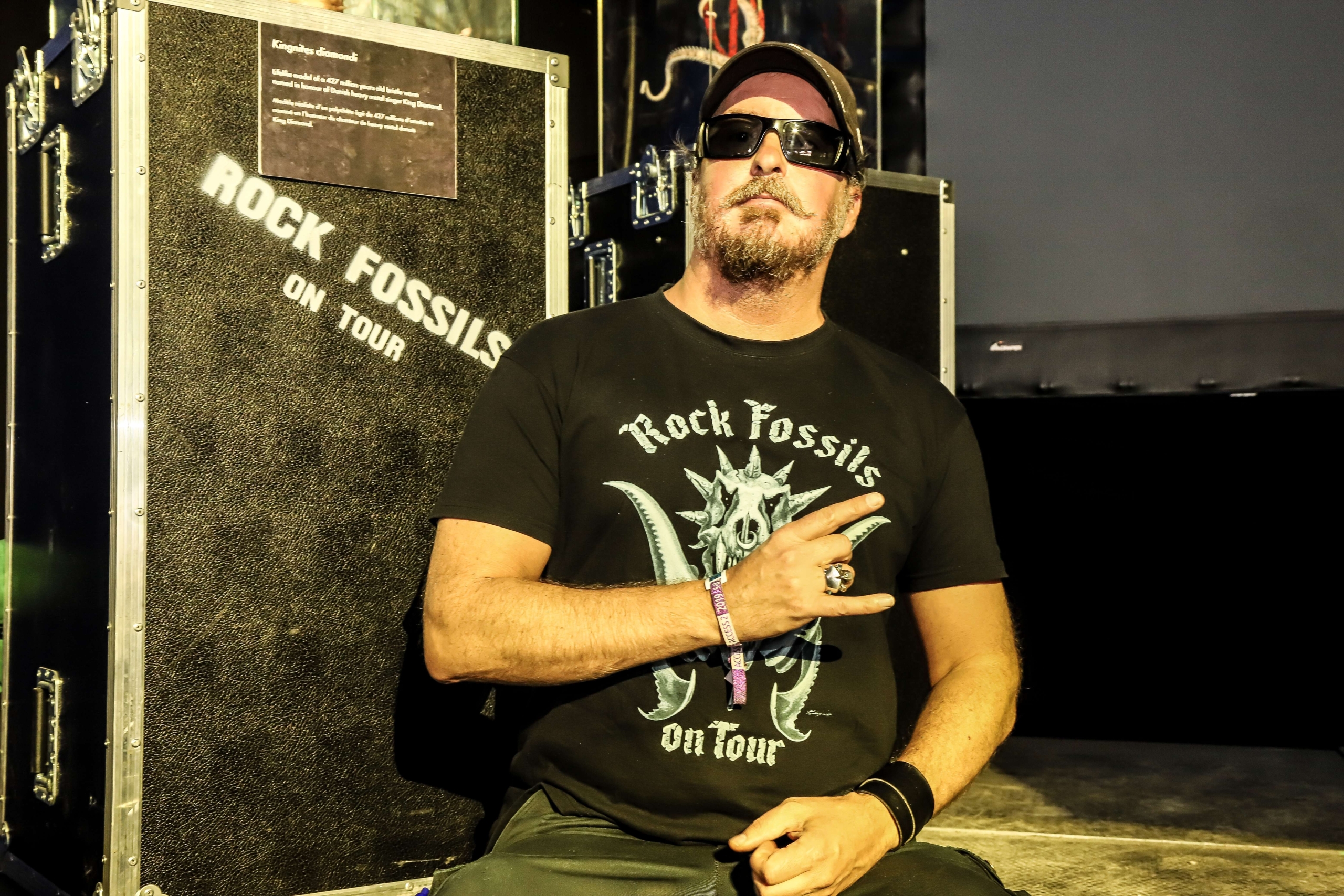Crastina is a platform for the exchange of experience, knowledge and inspiration regarding both scientific peer-to-peer communication and science dissemination
- What? An international network of (mostly young) people who love to communicate science & tech.
- Why? We think science needs to be communicated with more passion and professionalism.
- Where? On our website with interviews & resources + on social media + on Skype and IRL.
- Who? A content group (the Crew), a think tank (the Academy), + lots of friends & contacts.
- When? Right now – as a matter of fact, we’ve just geared up.

Base Graphics in R: A Detailed Idiot’s Guide
The programming language R is great for data visualization: users have a total control of all graph features, plots can be easily modified or replicated, and the active developers community keeps improving and developing new graphic packages.…

Labster – enhancing science learning with VR and gamification
Under any definition, we think that laboratory simulations are a great way of bringing science closer to people. ‘Presence’ has been described as a crucial element for motivation and engagement, and simulations intrinsically enhance the aspect of “I feel that I am there”, especially if they are combined with virtual reality technologies. In the particular case of our simulations, even if they are specifically created as teaching tools, in addition to the immersive experience, they are built around real life stories and are meant to be engaging. With the gamification components they are also good tools for science communication at some level.

Why scientists should mentor highschool students (Philip Frick, August 2016)
”Most of the mentors say that they never thought they would benefit from the experience as much as they did.” says Philip Frick, tech student and creator of Rays. This Swedish summer research school for talented students serves to gap between the world of research and curious and talented teenagers.


















